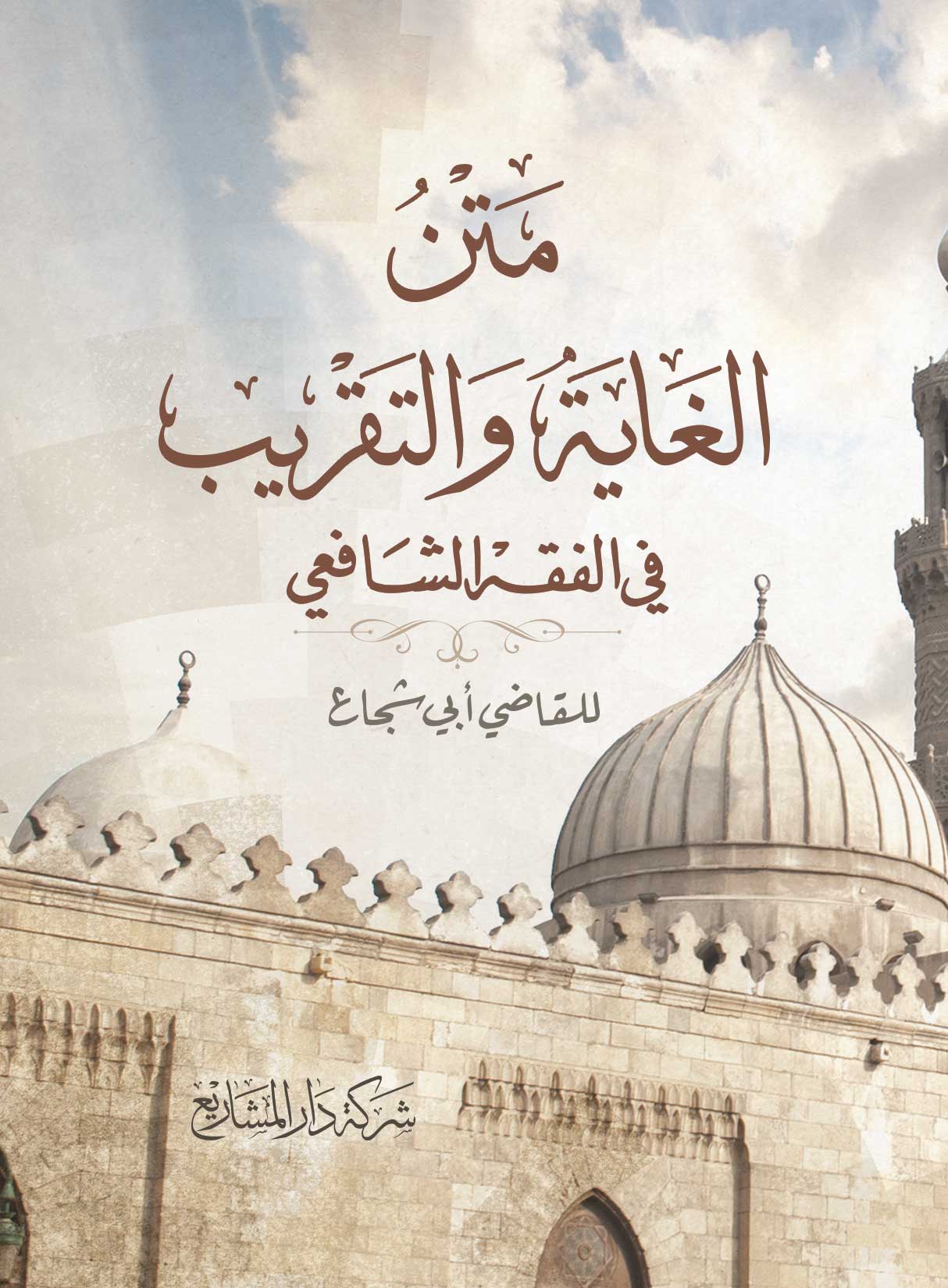First Year
Tarbiyah (Upliftment)
This module focuses on spiritual and moral rectitude. The book read here is Imām al-Ghazālī’s Bidāyat al-Hidāyah. In this book, Imām al-Ghazālī addresses the seeker of knowledge and points him in the right direction in terms of his intention, attitude and conduct. This book is read in the second semester. The aims of the module are to:
- foster spiritual and moral rectitude within the students.
- generate the correct approach to studies.
- provide the students with a fundamental code of conduct.
Course Material
Bidāyat al-Hidāyah
by Imām al-Ghazālī
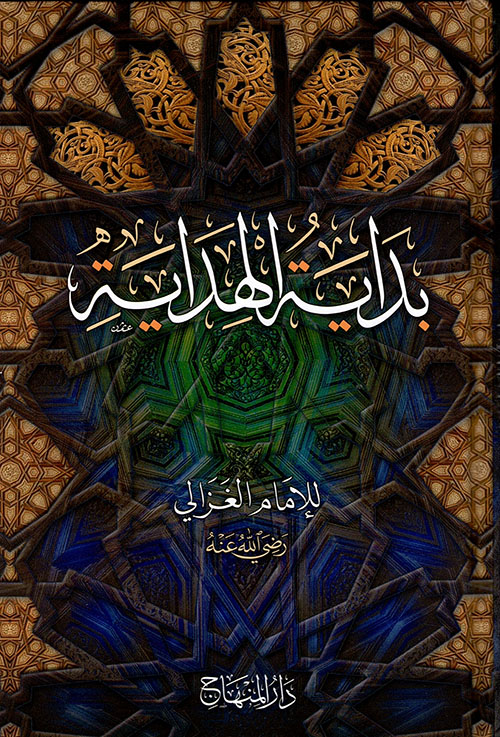
Tajwīd (Formula of Quranic Recitation)
Tajwīd is taught theoretically as well as practically. In the first semester the basic rules of Tajwīd are taught from Qārī Saleem Gaibie’s Murshid al-Qāri, in English, followed by practical application in the recitation of the second half of the 30th juz. In the second semester, the basics of Tajwīd are repeated in the study of a simple and well-accepted versified text, viz. al-Jamzūri’s, Tuḥfat al-Aṭfāl. This text is supplemented by the recitation of the first half of the 30th juz. This module’s objectives are to:
- produce a good understanding of the basic rules of Tajwīd.
- impart the ability to apply the rules of Tajwīd in practical recitation.
- acquaint the student with the narration of Ḥafs from ʿĀsim via the ṭarīq (i.e. by way) of the Shāṭibiyyah.
Course Material
Murshid al-Qāriʾ: A Textbook on the Sciences of Tajwīd – Book 1
by Qāriʾ Saleem Gaibie
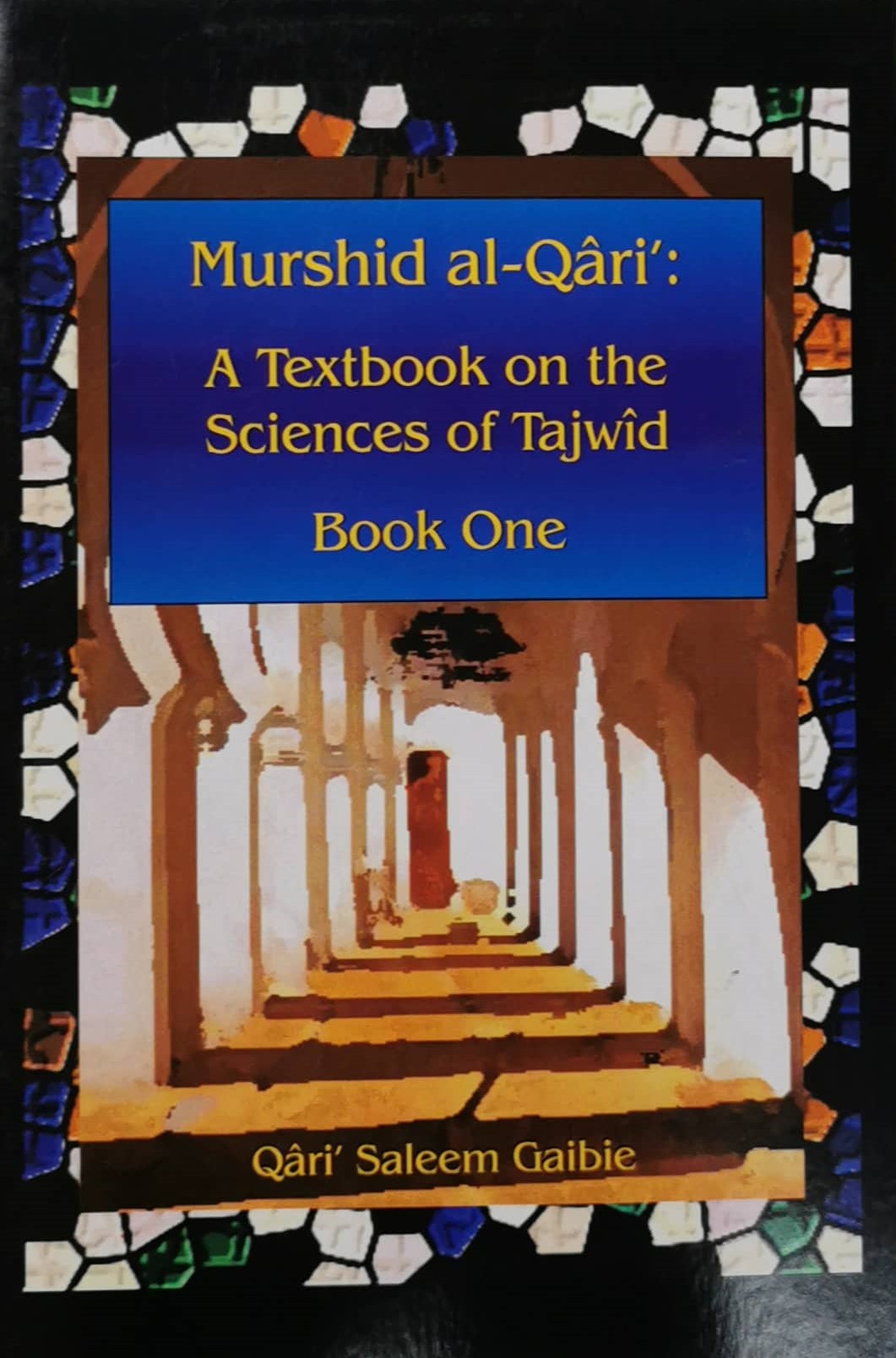
Maʿānī al-Qurʾān (Translation of the Quran)
The process of familiarizing the students with the Qurʾān begins with the word-for-word translation of the shorter chapters of the 30th segment (juz). The students’ Qurʾānic vocabulary and their familiarity with the language of the Qurʾān are gradually expanded as they work their way through the systematic translation of the last 10 segments (ajzā) with explanatory comments added as required. The objectives of this component are to:
- create familiarity with Qurʾānic Arabic.
- introduce the students to the content of the Qurʾān.
- cultivate basic translation skills.
- lay the foundation upon which further study of the Qurʾān will be built.
Naḥw (Arabic Syntax) & Ṣarf (Arabic Morphology)
The study of the Arabic language is approached from the angles of grammar and literature. The two fundamental disciplines of grammar, Naḥw (syntax) and Ṣarf (morphology and etymology) are focussed on.
Naḥw is studied from a proprietary text, Navigating Arabic Text, in which the focus is placed on the most essential rules of grammar. Grammatical issues of greater complexity, and therefore of less practical value, are eschewed. Ṣarf is also studied from a proprietary text, Forming the Arabic Word, and is done through board exercises and memorisation of declension tables.
The study of syntax theory usually runs for the first few months only. For the rest of the year, the knowledge gained from theoretical study is brought into application in the reading of graded literature such as that of Sayyid Abu al-Ḥasan al-Nadwī’s, Qaṣas al-Nabiyyīn. The objectives of the study of Arabic in the first year are to impart to the students a working knowledge of both disciplines of grammar: Naḥw and Ṣarf. This thereby enables them to employ theoretical grammar towards a correct reading of a diacritically unmarked text to broaden their vocabulary.
Course Material
Navigating Arabic Text [Naḥw] – Part 1
by Mufti Mohammad Taha Karaan
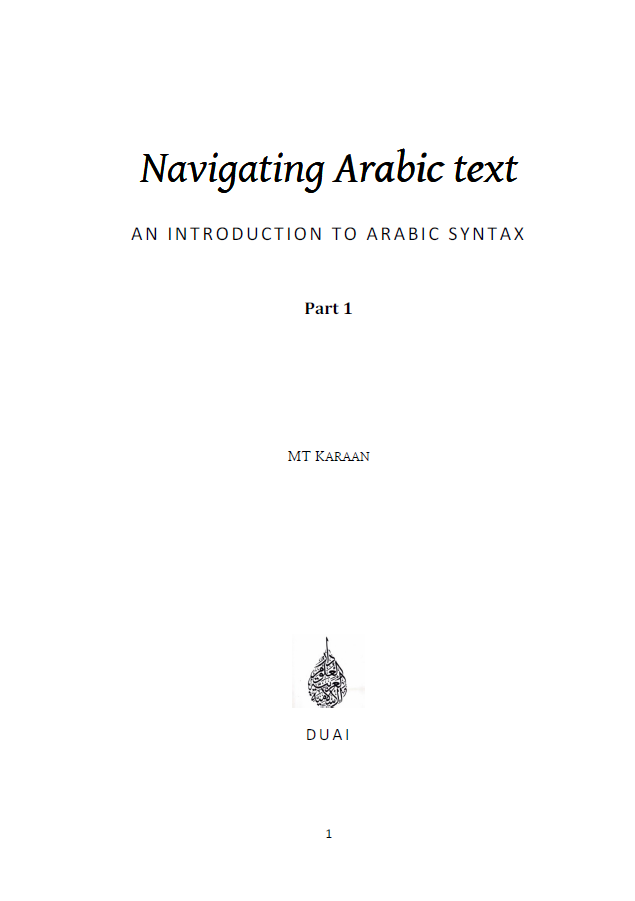
Navigating Arabic Text [Naḥw] – Part 2
by Mufti Mohammad Taha Karaan
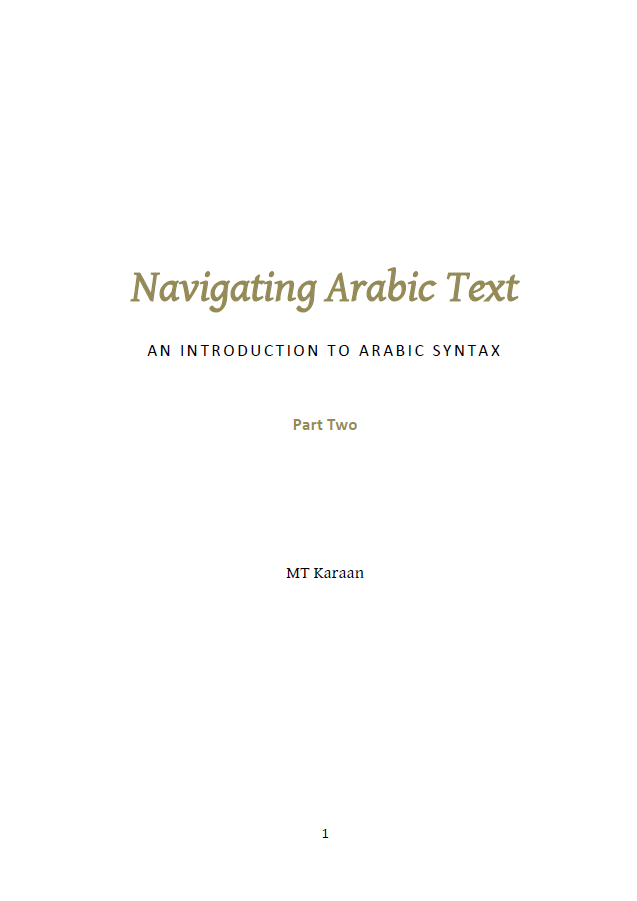
Forming the Arabic Word [Ṣarf]
by Mufti Mohammad Taha Karaan
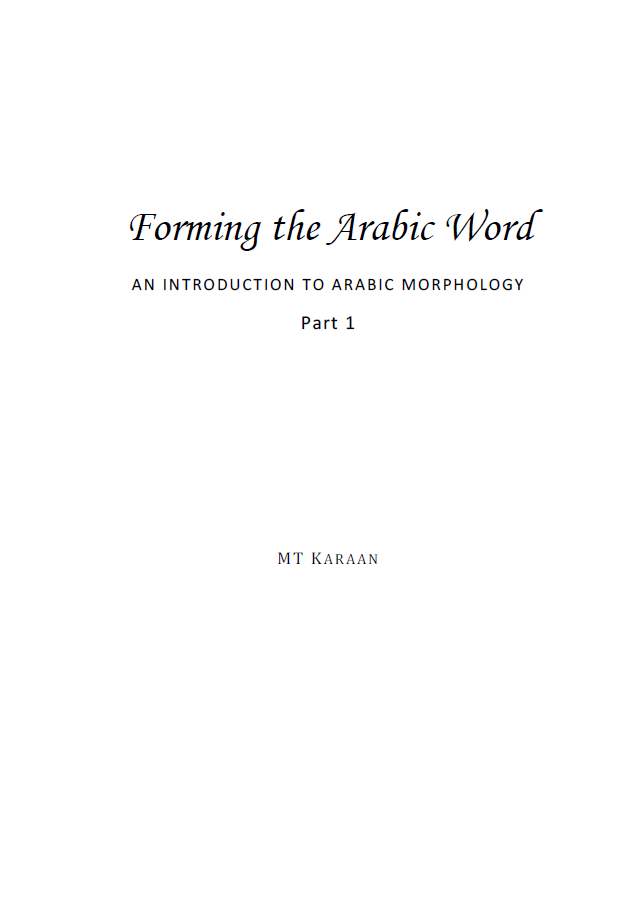
Qitāf
by Mufti Mohammad Taha Karaan
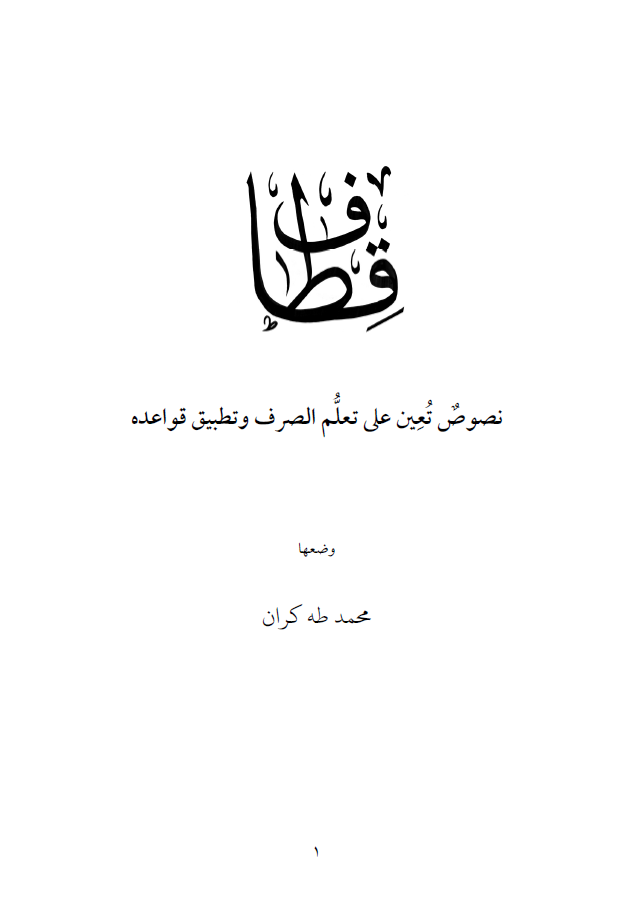
Qaṣaṣ al-Nabiyyīn
by Mawlana Abul Ḥasan ʿAliyy al-Nadwī
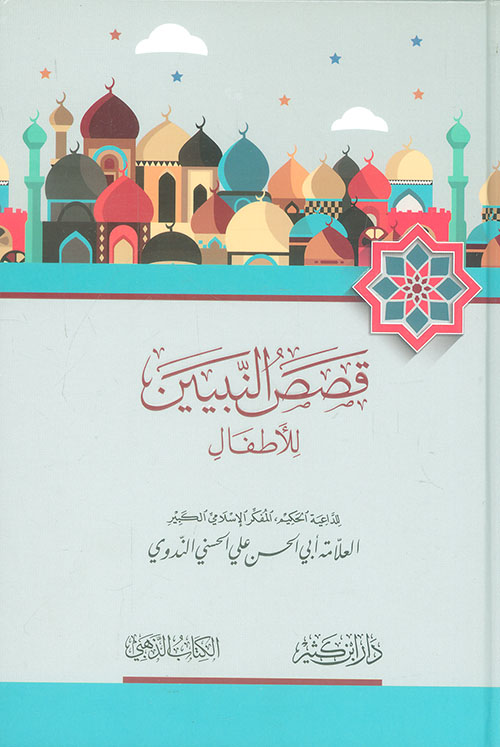
Sīrah (Prophetic Narrative)
Khulāṣat Nūr al-Yaqīn is Umar Abd al-Jabbār’s reworked abridgment of Muḥammad al-Khudari’s work, Nūr al-Yaqīn. Its three parts cover Islamic history up to the end of the Khilāfah Rāshidah (rightly guided caliphate) in a simplified and elucidated style, supplemented by questions and exercises. This module aims at:
- acquainting the students with the broad outlines of Islamic history.
- providing a narrative framework upon which further study of Islamic history will build.
- reinforcing linguistic ability, both written and oral.
Course Material
Khulāṣat Nūr al-Yaqīn
by ʿUmar ʿAbd al-Jabbār
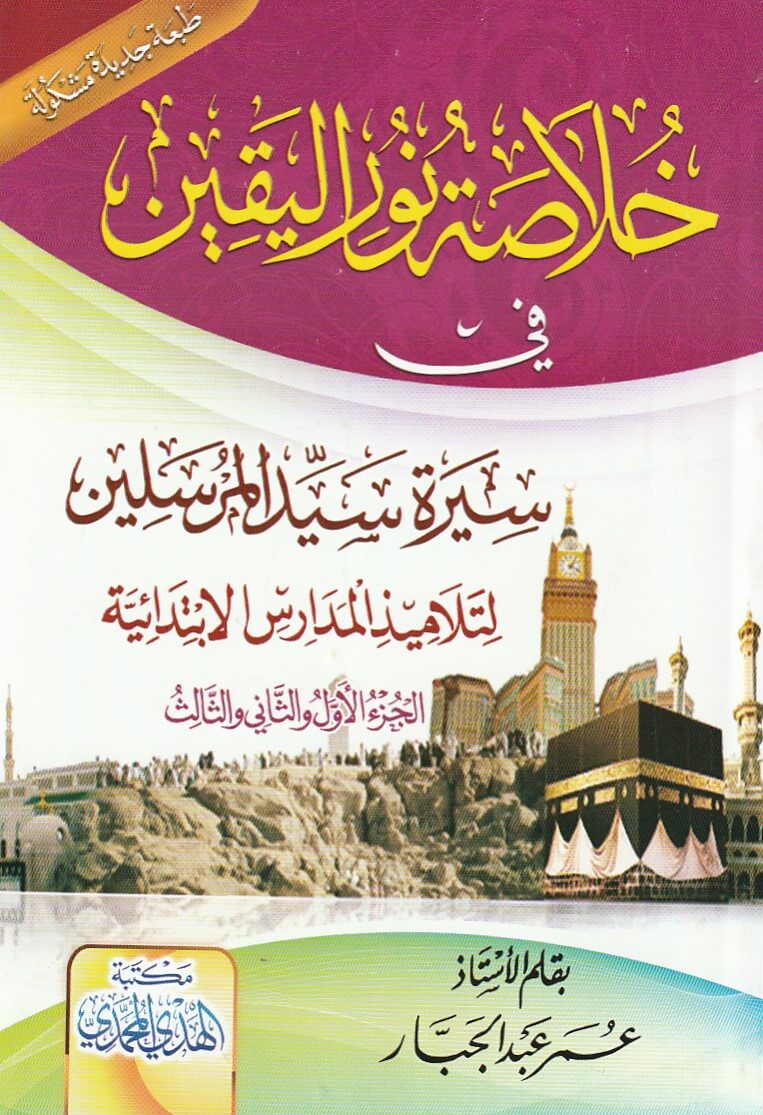
Fiqh (Substantive Islamic Law)
In the first semester the four parts of the book, al-Mabādiʾ al-Fiqhiyyah, by Umar Abd al-Jabbār are read, followed by the Matn al-Ghāyah wal-Taqrīb by Abū Shujāʿ al-Isfahānī in the second semester. In the first text, al-Mabādiʾ al-Fiqhiyyah, we aim to:
- familiarise the students with the linguistics and jargon of Fiqh at a rudimentary level.
- introduce the students to the key areas of Fiqh.
- acquaint the students with fundamental concepts in Fiqh.
- equip the students with an opportune wealth of legal scenarios.
In addition to these objectives, the teaching of Abū Shujāʿs compendium incorporates the further dimensions of facilitating a grammatically correct reading of a diacritically unmarked classical text with an introduction to legal texts from the Quran and Sunnah in tandem with Fiqh.
Course Material
Al-Mabādiʾ al-Fiqhiyyah
by ʿUmar ʿAbd al-Jabbār
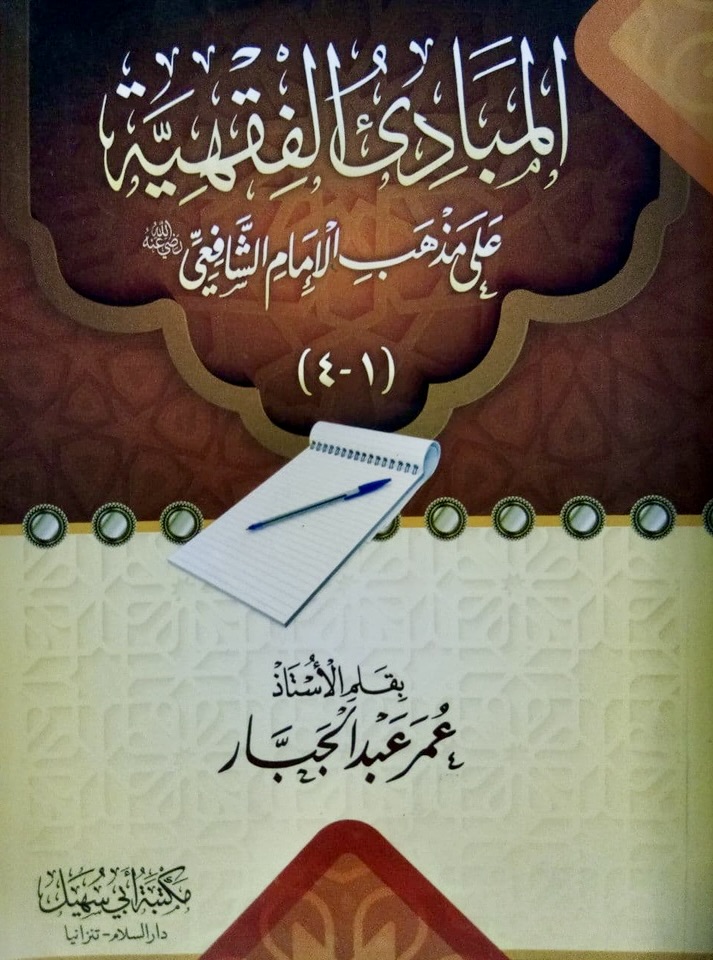
Matn al-Ghāyah wal-Taqrīb
by Abū Shujāʿ al-Isfahānī
